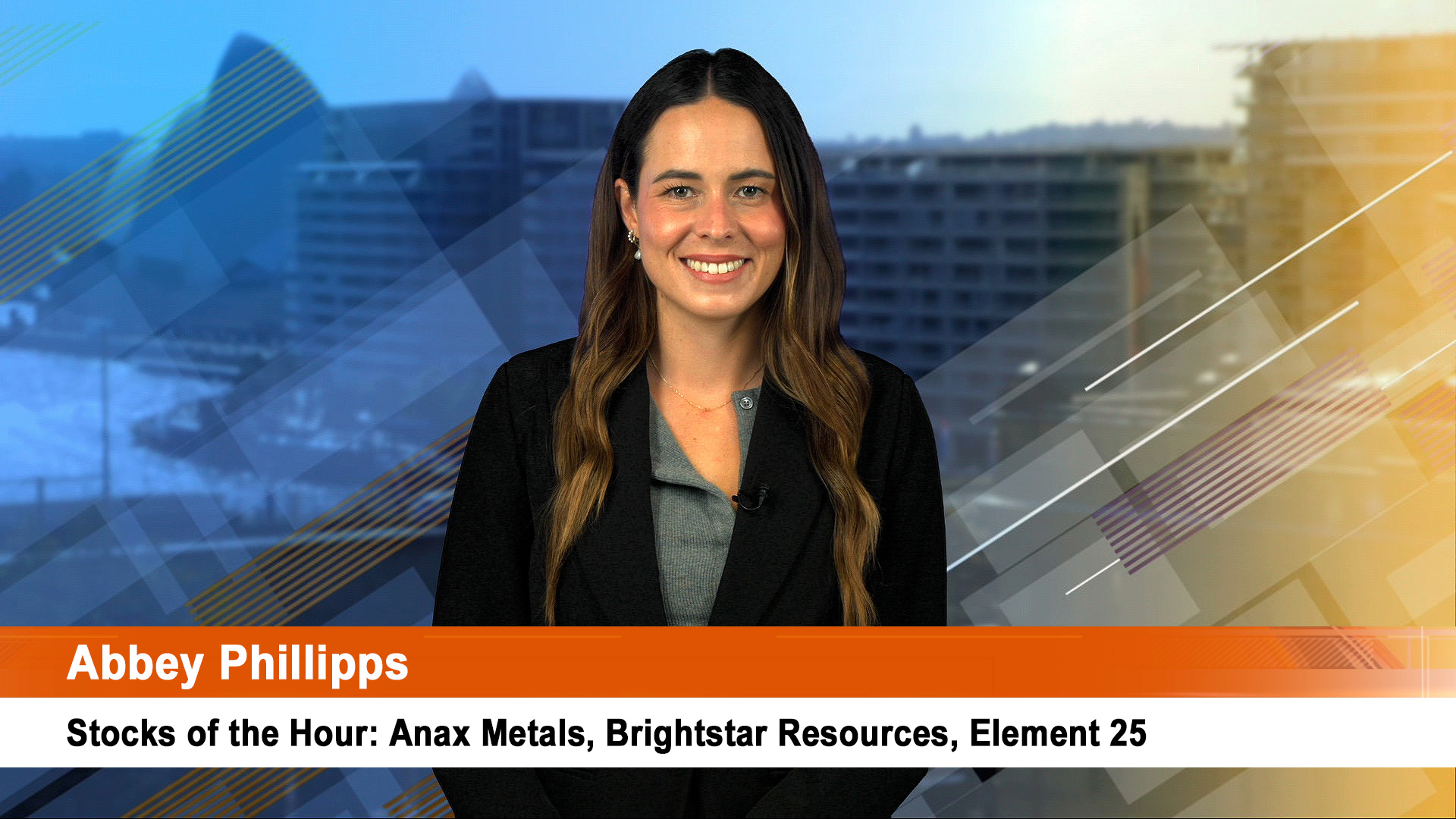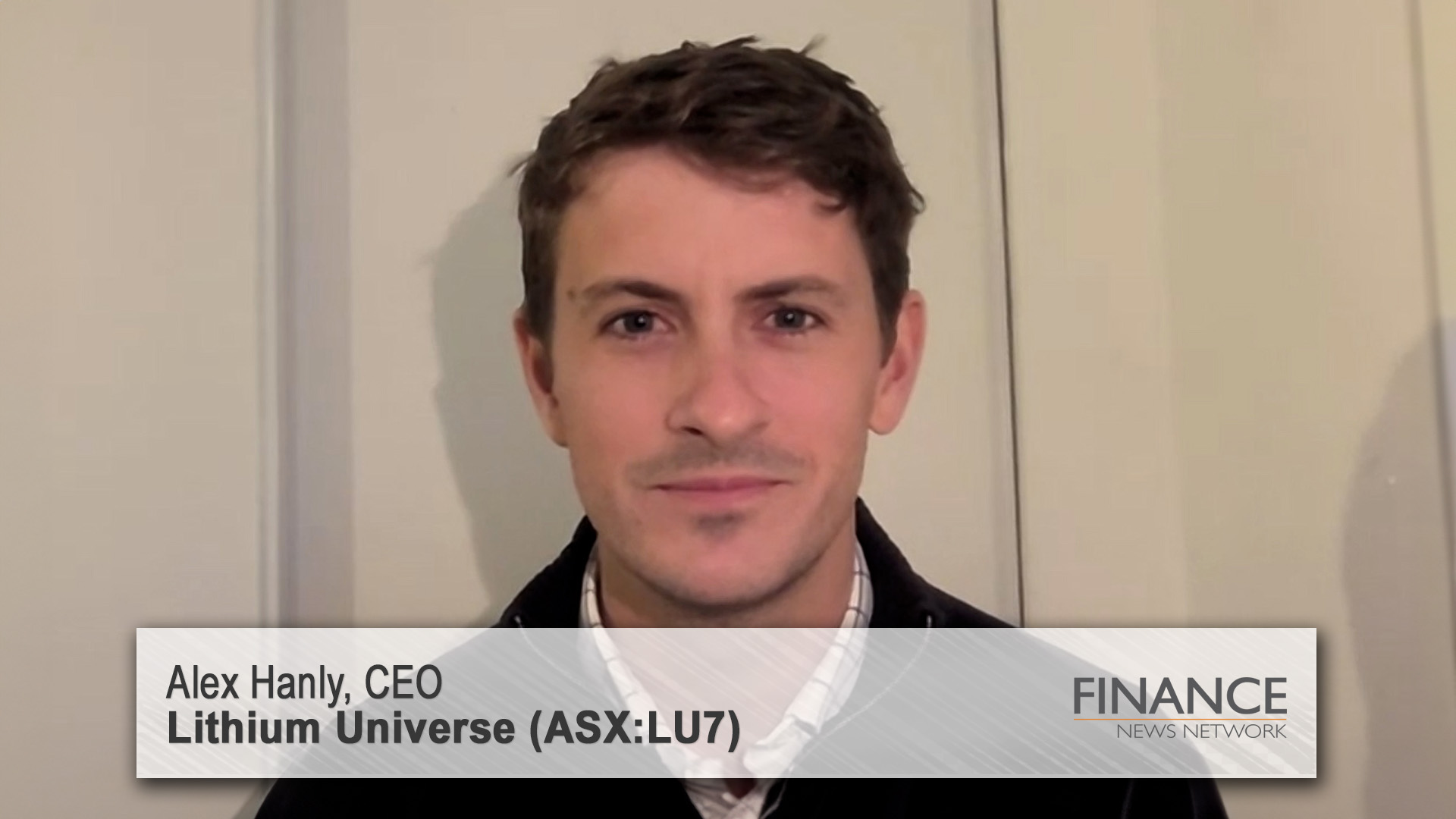So far this year the Chinese economy and share market have continued to roar ahead.
The Chinese authorities are keen to cool both and this was evident in the latest moves to increase both interest rates and the banks’ required reserve ratios and to widen the daily trading band for the Renminbi.
Some commentators fret that the economy is a bubble, that the share market is a bubble and when it unravels it will be disastrous for the rest of world, including Australia.
The AMP Society’s Dr Shane Oliver says there will be few problems with China. Here’s his argument:
He says that as long as he has been analysing China various commentators have been wringing their hands about the sustainability of its strong growth rate.
Many seem prone to see the bright lights of Shanghai and the rapid development all over the country as proof that China is the next Asian crisis. And yet, despite these regular predictions of doom, China’s economy continues to zoom along.
Our view is that China is being propelled by very strong structural forces.
These include strong productivity growth, huge competitive advantages, rapid urbanisation, surging consumer demand and very strong investment.
These in turn are underpinning solid gains from Chinese shares.
With per capita income levels in China still way below rich country levels China’s rapid growth phase has a long way to go, probably several decades.
While recent economic growth remains remarkably strong, eg real GDP up 11.1% over the year to the March quarter, the economy is no closer to being in an unsustainable bubble than ever.
The normal signs of impending trouble in emerging markets are simply not present in China’s case:
Inflation is low, at just 1% year on year excluding food. Since the mid 1990s there has been a dramatic improvement in the growth/inflation trade-off in China, partly reflecting greater reliance on capacity enhancing investment to drive growth.
· The current account is in surplus – as opposed to the huge deficits that preceded trouble in the Asian crisis.
· China is not reliant on foreign capital inflow. In fact, the rest of the world is reliant on Chinese capital outflow!
· Foreign exchange reserves are the world’s largest.
· Unlike the Asian crisis countries the Chinese Renminbi is undervalued, not overvalued.
Furthermore, after efforts over the last few years to re-balance the economy investment is running below previous peaks, it has shifted from the eastern areas to the central and western areas & consumer spending has strengthened all of which is consistent with government policy.
Sure China faces environmental problems and political risks and its managed exchange rate makes it hard to control liquidity but these problems aren’t enough to derail its strong growth prospects.
While the latest tightening measures will act to slow growth they won’t crunch it:
· The base lending rate at 6.57% (up from 6.39%) is well below nominal GDP growth of around 13%, so monetary conditions are still not tight;
· The banks’ required reserve ratio (i.e., the amount of deposits they must retain in reserves) at 11.5% is well below actual reserves of around 13%; and
· The widening of the permissible Renminbi daily trading band against the $US from 0.3% to 0.5% may signal a faster appreciation against the $US, but it’s unlikely to be a dramatic change as the previous band already allowed for a monthly appreciation of 6.8% and yet the Renminbi rarely moved by the maximum permitted and is up only 7.9% since the July 2005 move from a fixed exchange rate.
The timing looks partly designed to lead to smoother talks between China and the US this week.
Just as the gradual appreciation of the currency since 2005 has not had much impact on Chinese export growth (which has been averaging 25 to 30%) it’s unlikely a slightly faster pace of appreciation will have much impact either as China’s cost advantage is huge.
More fundamentally, the trade imbalance between China and the US reflects excess savings in China and excess spending in the US and exchange rate changes won’t fix that.
So, while it’s clear the Chinese authorities want to slow the economy down a bit, they have no need to crunch it and recent policy measures won’t have a major impact.
We are of the view that the Chinese economy is on track for growth of around 9 to 10% over the year ahead.
The structural forces propelling the Chinese economy make it a bit like a car going down a hill. But it is not out of control and the authorities are simply tapping the brakes to make sure this remains the case.
With growth likely to remain strong it’s quite likely we will see further tightening, but it’s hard to see the brakes being slammed on because there is no need.
The Chinese share market is a concern to many, so what is really happening?
So far this year Shanghai A shares are up 50% (after a 130% gain last year) and the Citic/S&P index of the 300 largest companies listed in Shanghai and Shenzen is up 85%.
Individual interest in share investing in China has become huge with 250,000 new share accounts being opened each day compared to a daily average of just 3000 earlier last year.
This rate of increase is clearly unsustainable and many are fretting about a bubble but several points are worth noting.
· Firstly, much of the rebound in Chinese shares since 2005 reflects a recovery from a four-year bear market, during which individual Chinese investors lost confidence in shares and allocated most of their assets to bank deposits.
· Secondly, profit growth for listed Chinese companies over the last year has been a very strong 78%.
· Thirdly, while the price earnings ratio for Chinese A shares of around 40 times is high by our standards it is only just above its 10 year average of 36 times and is well below i













